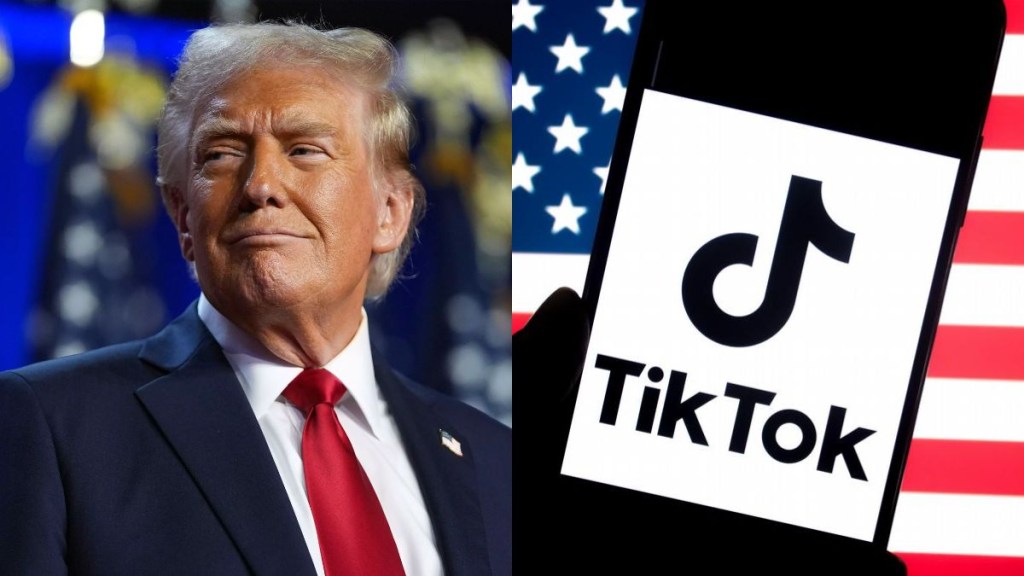President Donald Trump signed an executive order on Thursday that opens the door for a $14 billion TikTok deal. The agreement could shift majority ownership of the app into American hands.
While the broad terms are in place, legal and financial details still need to be finalised before the deal officially closes.
“This is going to be American-operated all the way,” Trump said during the signing. “I have great respect for President Xi, and I very much appreciate that he approved the deal, because to get it done properly, we really needed the support of China and the approval of China.”
Who is involved in the deal?
Trump did not list all the investors but confirmed that Oracle and its co-founder Larry Ellison will play a “big” role.
He also named tech entrepreneur Michael Dell and media mogul Rupert Murdoch as participants. Vice President JD Vance added that more details will be released in the coming weeks.
Trump told reporters earlier, “the investors are all very well-known people, very famous people actually, financially.”
Control over TikTok’s algorithm
One of the most critical aspects of the deal is that the U.S. will gain control of TikTok’s algorithm, the system that decides what content appears in users’ feeds.
When asked if he wanted more pro-Trump content promoted, Trump replied, “I always like MAGA-related.” “If I could make it 100% MAGA, I would, but it’s not going to work out that way, unfortunately. No, everyone’s going to be treated fairly. Every group, every philosophy, every policy will be treated very fairly.”
Years of political debate over the Chinese ownership
The deal comes after years of criticism from US lawmakers and security experts who worried about TikTok’s Chinese ownership.
In May, TikTok was fined €530 million by Ireland’s Data Protection Commissioner for how it handled user data.
The pressure to sell increased last year when former President Joe Biden signed a bipartisan bill requiring ByteDance, TikTok’s Beijing-based parent company, to sell the app or face a US ban. The law, upheld by the Supreme Court, was set to take effect in January.
But TikTok never fully shut down. Trump repeatedly delayed the ban using executive orders, extending the deadline most recently to December 16.
Lawmakers from both parties once supported banning TikTok, pointing out risks that China could access user data or manipulate public opinion.
However, as the ban drew closer, many backed away from enforcement after facing backlash from TikTok’s 170 million US users.
The Biden White House even left the final decision to Trump as he returned to office.
Trump himself has also shifted positions. In 2020, he tried to ban TikTok outright, but courts blocked the order. By 2024, he changed course, even joining the platform to connect with young voters and posting a video promising to “save TikTok”.

